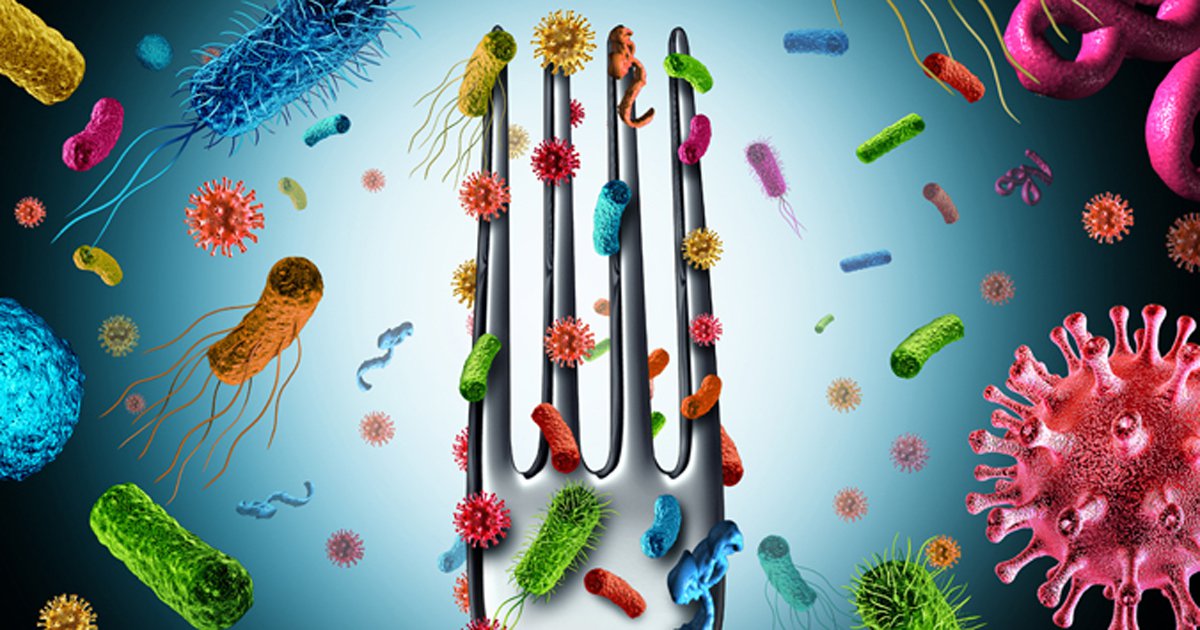US saw increase in most foodborne infections in 2018

The incidence of most foodborne infections increased last year in the United States, according to newly published data from the Foodborne Diseases Active Surveillance Network, or FoodNet.
The increases included a nearly fourfold rise in Cyclospora infections, and increases in cases of Campylobacter and Salmonella, researchers reported today in MMWR. They said the increases were at least partially due to the expanded use of rapid diagnostic tests, which can lead to quicker treatment for patients but leave important gaps in data.
“Although culture-independent diagnostic tests, like the syndromic panels, provide results faster than culture, they do not provide information on antimicrobial resistance,” Danielle M. Tack, DVM, an epidemiologist in the CDC’s Division of Foodborne, Waterborne, and Environmental Diseases, told Infectious Disease News. “Moreover, some culture-independent tests are falsely positive. Requesting a reflex culture when these tests are positive can help inform treatment, detect outbreaks and assist with diagnosis when symptoms are inconsistent with test results.”
FoodNet monitors 10 sites in the U.S. for laboratory-diagnosed infections caused by Campylobacter, Cyclospora, Listeria, Salmonella, Shiga toxin-producing Escherichia coli (STEC), Shigella, Vibrio and Yersinia transmitted through food. Overall, the surveillance program identified 25,606 infections, 5,893 hospitalizations and 120 deaths related to foodborne illnesses in 2018.

According to Tack and colleagues, Campylobacter caused the highest incidence of infection, closely followed by Salmonella. Specifically, the incidence of infection for Campylobacter was 19.5 cases per 100,000 population, Salmonella was 18.3, STEC was 5.9, Shigella was 4.9, Vibrio was 1.1, Yersinia was 0.9, Cyclospora was 0.7 and Listeria was 0.3.
When the researchers compared 2018 with 2015 to 2017, they observed a significant increase in infections. Particularly, infections caused by Cyclospora increased 399%, “in part related to large outbreaks associated with produce,” Tack and colleagues wrote. Infections from Vibrio increased 109%, Yersinia 58%, STEC 26%, Campylobacter 12% and Salmonella 9%.
The researchers also evaluated serotyped isolates of Salmonella and found that the most common were Enteritidis, Newport, and Typhimurium. Similar to isolate data from 2015 to 2017, the incidence of infection for Salmonella Enteritidis was 2.6, for Salmonella Newport 1.6 and for Salmonella Typhimurium 1.5 in 2018. No decline in the incidence of infections caused by Salmonella Enteritidis has occurred in more than 10 years, Tack and colleagues reported.
Since 2013, Campylobacter has been the most commonly identified foodborne infection through FoodNet, they reported. The main source of the diarrheal infection is poultry. Similarly, poultry and eggs, are an “important” source of Salmonella Enteritidis.
The researchers highlighted the need for obtaining, subtyping and reporting isolates from people who may have been exposed to a foodborne illness.
“Targeted prevention measures are needed on produce farms, food animal farms, and in meat and poultry processing establishments to make food safer and decrease human illnesses,” Tack said. “CDC works closely with regulatory agencies as they, along with industry, develop and implement measures to make our food safer.” – by Marley Ghizzone
Reference:
Tack DM, et al. MMWR Morb Mortal Wkly Rep. 2019;doi:10.15585/mmwr.mm6816a2.
Disclosures: The authors report no relevant financial disclosures.

